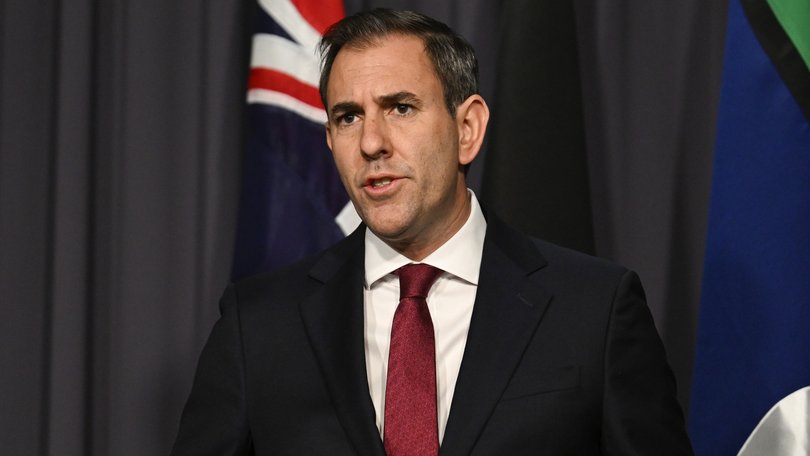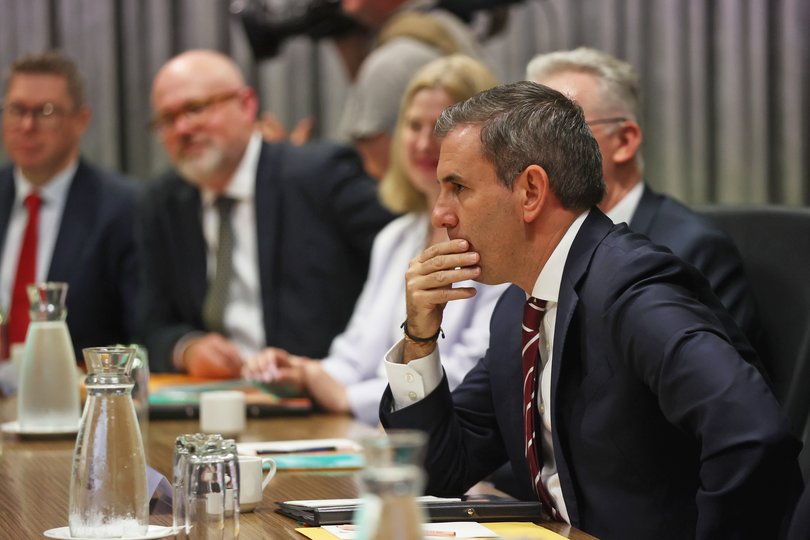Superannuation tax: Labor’s plan to increase tax on super accounts explained

Parliament hasn’t returned yet after the election but superannuation tax concessions is already shaping up as the first major legislative stoush.
Treasurer Jim Chalmers says he wants to push ahead with his plan to increase the tax rate on high-balance superannuation accounts in the form previously proposed.
But the reality is the Government needs to win over support from either the Greens or the Coalition to get the legislation through the Senate – and neither is happy with the proposal as it exists nows.
Sign up to The Nightly's newsletters.
Get the first look at the digital newspaper, curated daily stories and breaking headlines delivered to your inbox.
By continuing you agree to our Terms and Privacy Policy.What is the plan?
The government wants to double the tax rate on superannuation earnings from 15 per cent to 30 per cent, but only on accounts with more than $3 million.
The additional tax is calculated based on the earnings of the balance above $3 million.
Say you end the financial year with $6m in super, which was $650,000 more than your account balance 12 months earlier, not including contributions.
The higher tax rate applies to 50 per cent of the earnings (because half the total balance is above $3m) — so $325,000 is taxed at 15 per cent and the other $325,000 is taxed at 30 per cent.
The earnings on balances below the $3m threshold are unaffected.
It’s slated to start on July 1 but legislation has not yet passed. The first tax liabilities won’t be calculated until the end of June 2026.
Will I have to pay this?
Not right now, unless you have more than $3m in your super. Treasury modelling suggests only 80,000 people — or about 0.5 per cent of everyone with a superannuation account — will be captured when the changes comes in.
But as the plan stands, the threshold isn’t indexed, meaning it will gradually capture more people as wages rise and super contributions with them, prompting criticism about its future impact.
AMP deputy chief economist Diana Mousina estimates a 22-year-old entering the workforce today will hit that $3m balance about the time they turn 64 if they earn average wages throughout their working life.
And the Financial Services Council says an unchanged policy would capture more than 500,000 people currently in the workforce by the time they retire.
Has this come out of nowhere?
No, but you could be forgiven for forgetting about it.
Dr Chalmers first announced the plan back in February 2023 and it was one of three key revenue measures included in the budget that May (the others were the petroleum resource rent tax changes, and a big boost to GST and tax compliance aimed at making sure businesses were meeting their obligations).

Months of consultation followed, and legislation was put to Parliament in November 2023, where it languished for a year.
It couldn’t find enough support in the Senate, was cut out of the deal at the end of 2024 to push through dozens of bills, and ultimately lapsed unpassed when the election was called.
Why is the Government pushing this?
It’s in an uphill battle to put the Budget on a more sustainable footing and this would bring in more revenue.
The measure is expected to add $2.3 billion to the Commonwealth coffers just in its first full year and the money would continue flowing. In comparison, the PRRT change announced at the same time was expected to bring in $2.4b over five years.
Dr Chalmers has also cast the move as a way to better target the incredibly generous tax concessions on superannuation, since it increases the tax rate only for very high-balance accounts. The 30 per cent rate is still significantly lower than people would pay in income tax if they were earning this much.
What is the main opposition to this?
Concerns about the measure were reinvigorated during the election, driven in part by prominent investment manager Geoff Wilson – who is widely regarded within Labor as a key person involved in turning its 2019 franking credit plan into a toxic policy.
Mr Wilson’s primary concern — taken up by the Coalition — is around the way the measure taxes unrealised gains.
This is what shadow treasurer Ted O’Brien has referred to as the “super big and super bad” element.
The new tax rate is calculated based on the difference in account balance at the end of the year compared to the start of the year. That means if the account includes assets which have increased in value — like a farm or small business — but aren’t actual cash, people might find themselves with a big tax debt but no ability to pay it.
This mostly affects smaller self-managed superannuation funds because large, diversified funds with thousands of members will have enough assets to pay the tax debt. Those large super funds have told the Government it would be near impossible for them to check every individual’s account balances when working out how to apportion tax.
The Government argues the rules around the prudential management of superannuation funds — dictating they have to have enough liquid assets to pay any liabilities — mean that if people only have their farm in the fund, for example, they’re in breach anyway — and have bigger problems than a tax debt.
Dr Chalmers has also repeatedly pointed out taxing unrealised gains is not a new feature of Australia’s system — saying anyone who pays rates or land taxes on their home each year already faces it.
The other argument against the plan is that the threshold isn’t indexed which, as discussed earlier, means bracket creep will make more and more people liable.
Will the Government do a deal with the Greens?
Probably, but both sides are testing to see who will bend first.
The difference between the old Senate and the new one is that Labor no longer needs support from other crossbenchers if it can get either the Coalition (currently saying no) or the Greens on board.
Dr Chalmers has said he’ll speak with the minor party before Parliament returns on July 22, and Greens treasury spokesman Nick McKim welcomed the overtures.
The Greens were open to the general idea last term, but want the threshold lowered to $2m and indexed.
Labor is open to suggestions but will take some convincing that any changes are needed.
Why is the government increasing this tax rather than pursuing structural tax reform?
This question broadly elicits an eyeroll from Labor insiders, who continue to insist it has done plenty of tax reform that’s been underappreciated.
But the drumbeat of economists calling for structural changes given the years of deficits currently baked into the Budget is growing louder.
Asked this week whether the noisy opposition to the superannuation changes made the challenge of broader reform that might hit many Australians more difficult, Dr Chalmers said it remained to be seen.
“It doesn’t augur well for bigger, broader tax reform when such a modest and methodical change is being resisted in some quarters,” he said.

